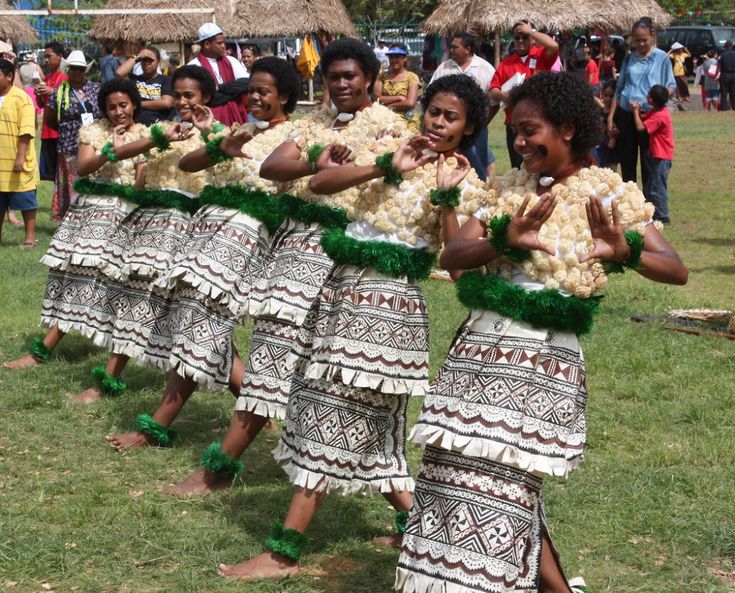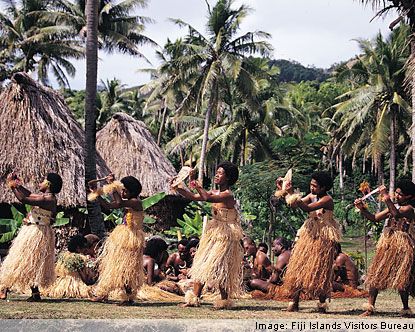Fiji is a beautiful island nation in the South Pacific, known for its stunning beaches, warm-hearted people, and vibrant culture. One of the most captivating parts of Fijian culture is its dance and music. Over the years, these art forms have evolved, reflecting the rich history and diverse influences of Fiji. Let’s take a closer look at how Fijian dance and music have developed into the cherished traditions they are today.
The Roots of Fijian Dance and Music
Fijian dance and music have deep roots in the country’s history. Long before Fiji became the melting pot it is today, its indigenous people used dance and music as a way to tell stories, celebrate life events, and connect with their ancestors.
Traditional Fijian dances, such as the meke, are a blend of storytelling, music, and movement. The meke is performed by both men and women and is often accompanied by chants, handclaps, and percussion instruments like the lali (wooden drum). Each movement in the dance has a purpose, whether it’s to mimic the ocean waves, describe a battle, or honor a deity.


The Influence of Early Interactions
As Fiji began interacting with other cultures through trade, exploration, and colonialism, its music and dance started to incorporate new elements. During the 19th century, Christian missionaries brought hymns and choral music, which Fijians adapted to their style. This gave rise to a unique blend of traditional and Western music.
While traditional dances remained an integral part of ceremonies, such as weddings and festivals, new forms of music started to emerge. Instruments like guitars and ukuleles were introduced, blending seamlessly with indigenous rhythms and chants.


Modern Fijian Music and Dance
Today, Fijian dance and music reflect a mix of tradition and modernity. Traditional performances are still a vital part of cultural events, but contemporary Fijian artists have taken these roots and infused them with modern genres like reggae, hip-hop, and pop.
The modern meke often includes influences from other Pacific islands, adding a fresh twist while preserving the core storytelling elements. Meanwhile, artists like Black Rose and Kulture have put Fijian music on the global map by blending indigenous sounds with contemporary beats.
Fijian dance groups now perform at international festivals, showcasing their unique style to audiences worldwide. This global exposure has inspired younger generations to take pride in their cultural heritage and experiment with new ways of expressing it.

Dance and Music as a Cultural Anchor
Despite the changes over time, Fijian dance and music remain deeply tied to the country’s identity. They are a way for Fijians to honor their past, celebrate their present, and pass traditions to future generations. Whether it’s through a traditional meke or a fusion song that mixes ancient chants with modern beats, these art forms remind Fijians of who they are and where they come from.
Every step in a dance and every note in a song tells a story of resilience, joy, and connection. It’s this timeless appeal that makes Fijian dance and music so special—not just for Fijians but for anyone who has the privilege to experience them.
Conclusion
Fijian dance and music are more than just entertainment—they are a way of life. From the intricate movements of the meke to the vibrant sounds of modern Fijian bands, these traditions have adapted and grown while staying true to their roots.
If you ever get the chance to visit Fiji, immerse yourself in its dance and music. Watch a live performance, join in a celebration, or simply listen to the stories being told through songs and movements. It’s a beautiful way to connect with the heart and soul of Fiji.

